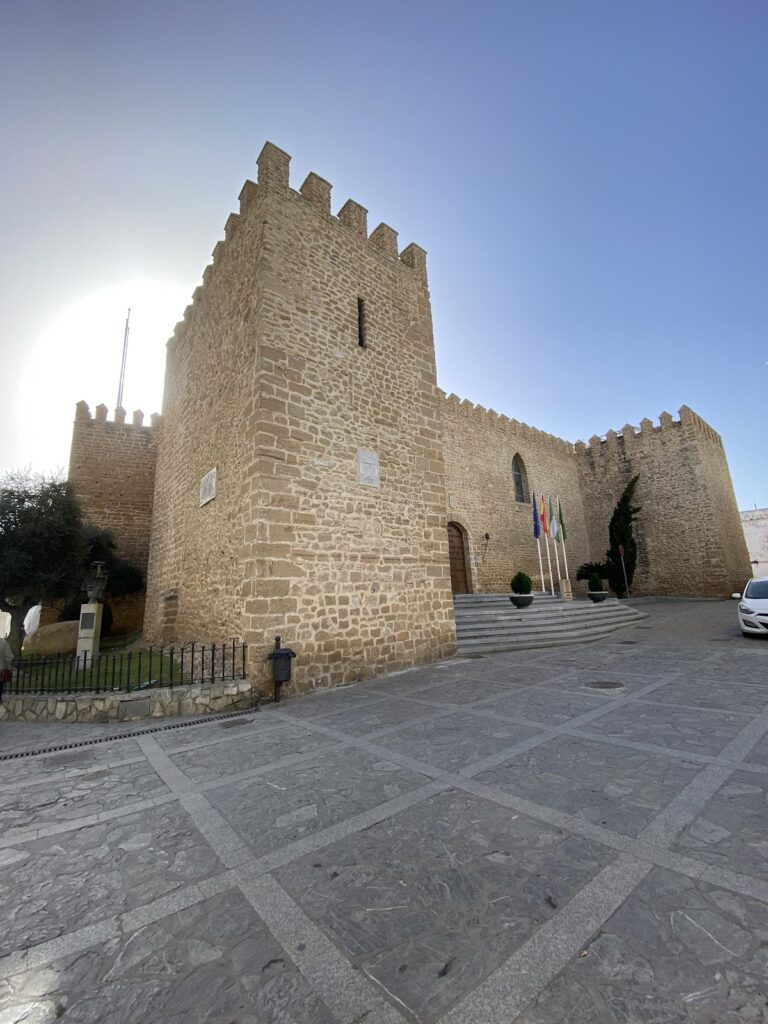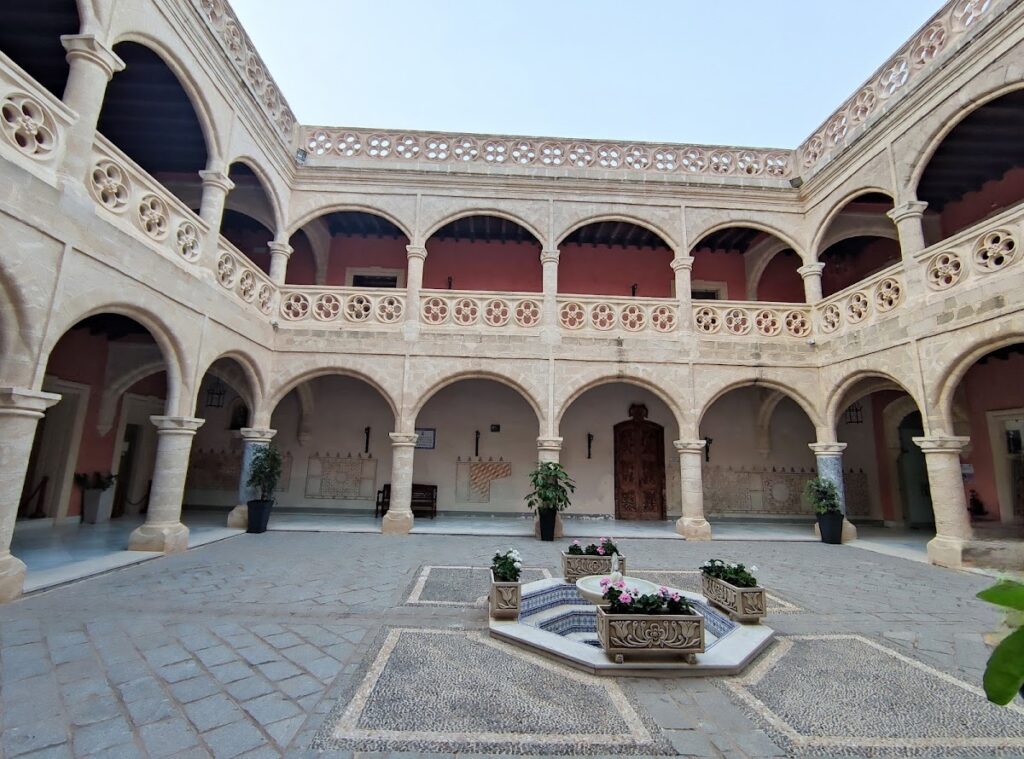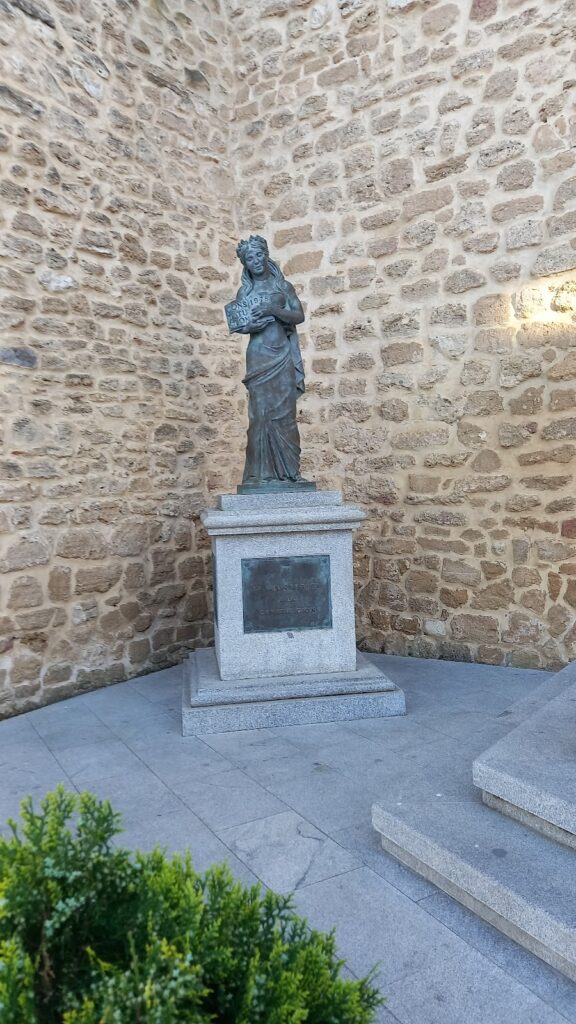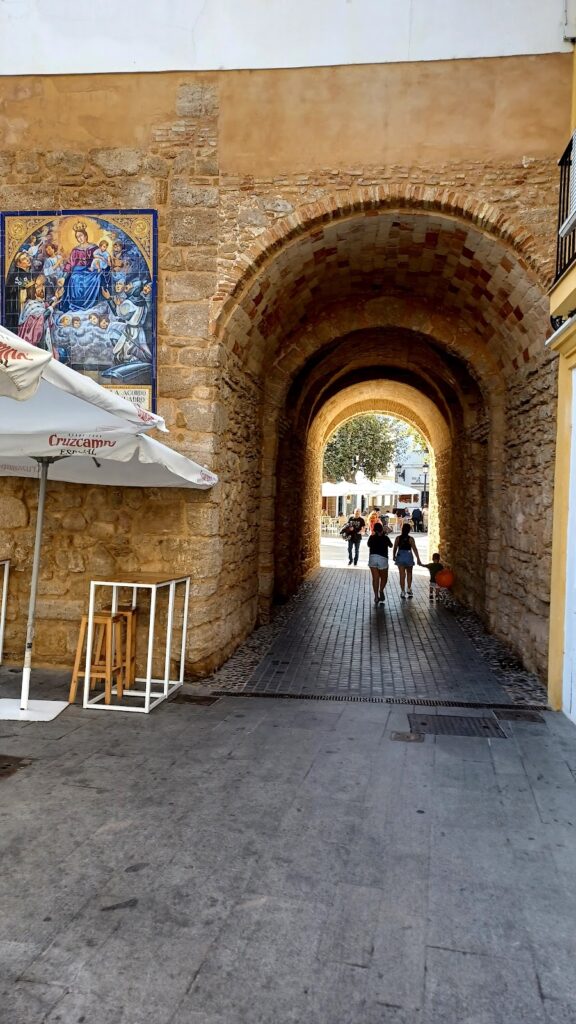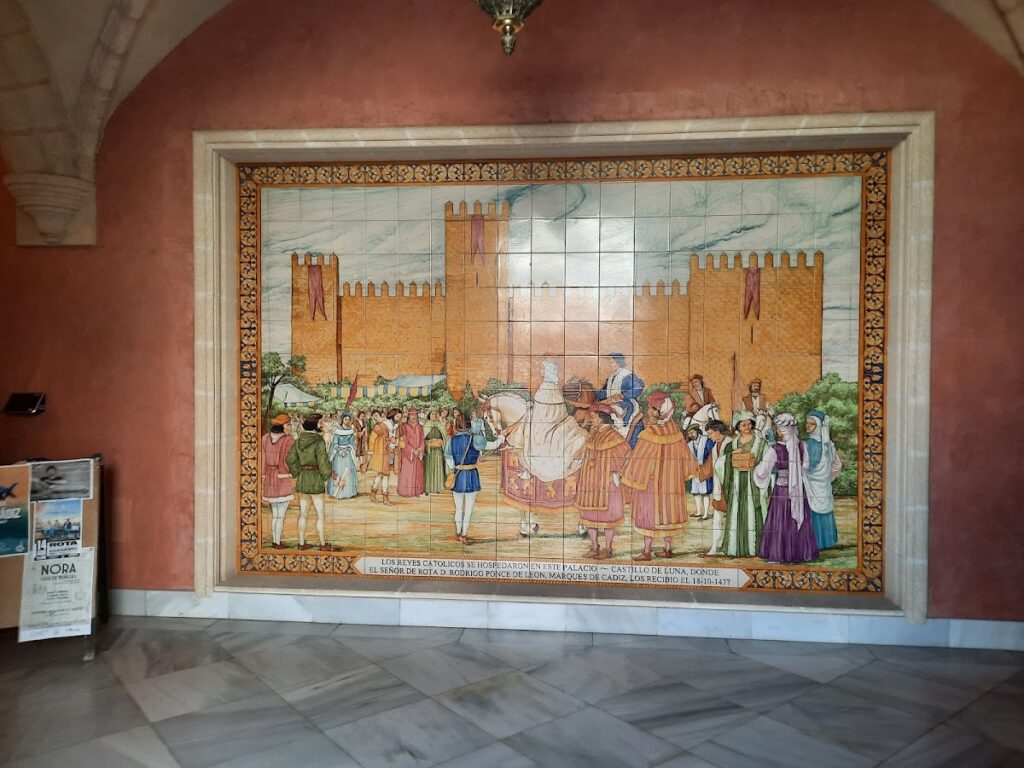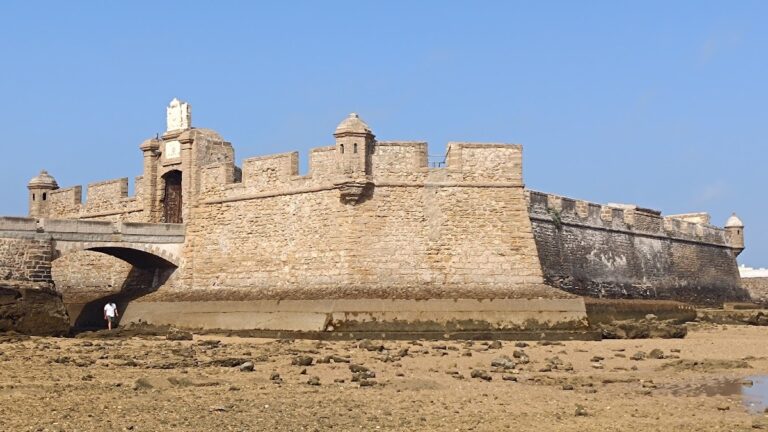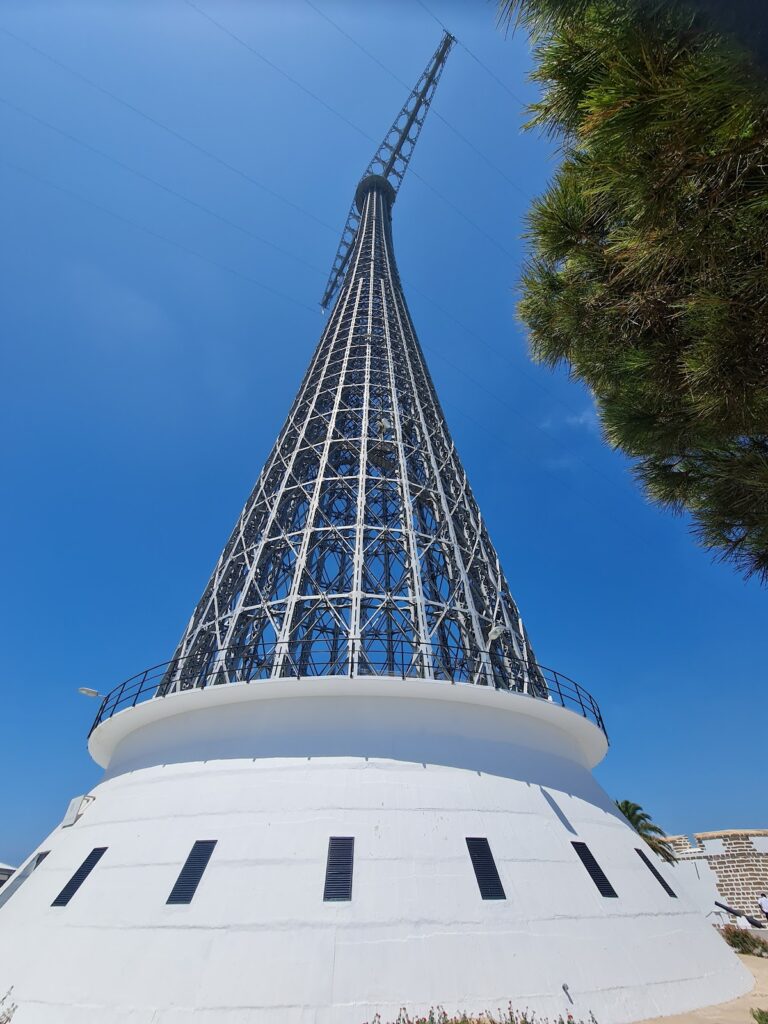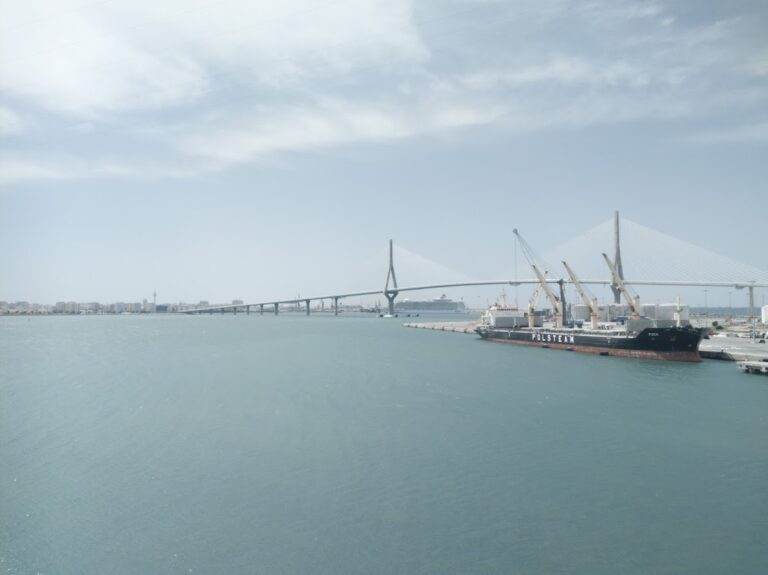Castillo de Luna: A Historic Castle in Rota, Spain
Visitor Information
Google Rating: 4.5
Popularity: Medium
Google Maps: View on Google Maps
Official Website: www.juntadeandalucia.es
Country: Spain
Civilization: Unclassified
Remains: Military
History
Castillo de Luna is located in the town of Rota, Spain. Its origins trace back to a period when the Iberian Peninsula was a mosaic of Muslim and Christian territories, with the site likely rooted in Muslim occupation before Christian reconquest.
Before the castle as it stands was built, the location is thought to have been the site of a Muslim ribat—a fortified religious retreat—known as Rábita Ruta. This name appears to derive, through a Latin origin, from “Speculum Rotae,” possibly reflecting the area’s strategic importance. In 1251, King Fernando III of Castile captured Rota from Moorish control as part of the Christian Reconquista, though it was not until 1264, following the Mudéjar revolt—a rebellion of Muslims living under Christian rule—that King Alfonso X reestablished firm control over the town.
The later medieval period saw significant shifts in lordship. In 1297, the noble Guzmán el Bueno was granted lordship over Sanlúcar, a territory that included Rota. While traditional accounts have linked the construction of Castillo de Luna to Guzmán el Bueno, no historical documents confirm this claim, and architectural styles suggest a later date of origin.
In 1309, Rota was separated from Sanlúcar as part of the marriage arrangements for Isabel de Guzmán, who wed Fernán Ponce de León. Fernán Ponce de León became the founder of the House of Arcos, a noble family that governed Rota for centuries. The castle then passed into the hands of this lineage, which left its mark on the building through several coat of arms displayed throughout the structure. Castillo de Luna functioned as both the residence of Rota’s governors and its town hall under the Ponce de León family until the mid-18th century.
Moving into the modern era, the castle experienced changes in ownership and use. In 1909, the Marquis of San Marcial acquired the fortress for 15,000 pesetas and adapted it into a summer residence, undertaking substantial renovations to suit this purpose. Later, in 1943, José León de Carranza purchased the property for 200,000 pesetas. He repurposed the building to house the Colegio de San Ramón and the Hospital de San José, institutions run by the Salesian Daughters of Mary Help of Christians. Eventually, this religious community donated the castle to the municipal council. After a period of abandonment beginning in 1982, restoration efforts began in 1987 and were completed by 1999, when the fortress was inaugurated as Rota’s town hall, marking a new chapter in its long history.
Remains
The castle has a rectangular layout organized around a central courtyard, reflecting the architectural sensibilities of the Gothic period. This inner courtyard exhibits painted zócalos, or baseboards, decorated with Mudéjar motifs. These patterns represent a fusion of Islamic artistic traditions and Christian styles, illustrating the cultural interchange that characterized the region during and after the Reconquista.
Arranged along the perimeter of the fortress are five towers, each positioned to provide defensive coverage and structural balance. The towers’ construction aligns with later medieval fortification methods, corresponding to the suggested timeframe of the castle’s primary development after the 13th century. The rectangular plan and tower placement suggest a design both focused on defense and administrative function.
Throughout the structure, heraldic emblems belonging to the Ponce de León family are prominently displayed, serving as a lasting reminder of the noble house’s long governance over Rota. These symbols appear in several locations inside the castle, marking their historical connection and influence.
Situated approximately 17 meters above sea level, the fortress occupies flat terrain near the southwestern coast of Spain, with the sea lying to its southwest. This coastal position would have offered strategic oversight and contributed to its historical role in local administration and defense.
Today, after extensive restoration completed at the close of the 20th century, the castle remains an integral and preserved element of Rota’s urban fabric. Its combination of Gothic and Mudéjar architectural features provides insight into the overlapping cultural and historical layers that the building embodies.
